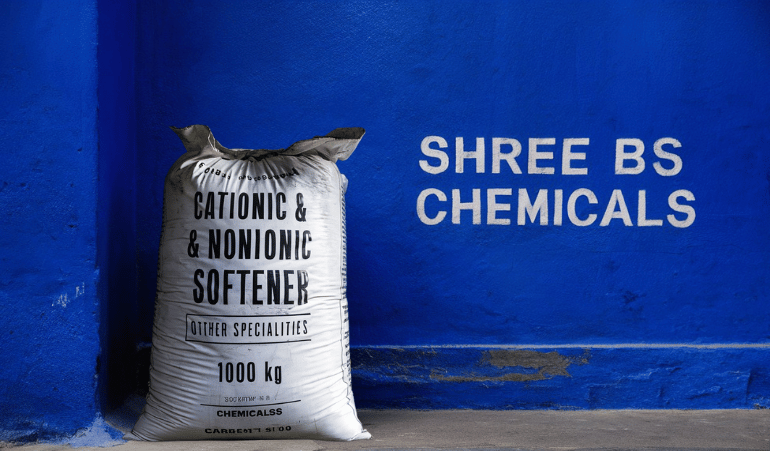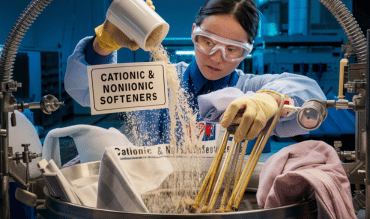-
-
Mon - Sat 9:00 AM - 6:30 PM
-
Plot No. 366, Shree BS Chemicals, Sector 29, Part 2, Panipat, Haryana
Cationic & Nonionic Softener (Textile Chemical)

Cationic & Nonionic Softener
Cationic and nonionic softeners are both used in the textile industry. Cationic softeners have a positive charge and are attracted to negatively charged fibers in fabrics. They form a thin film on the surface of the fibers, which reduces friction and improves the fabric's hand and drape.
Cationic & Nonionic Softener improve tear resistance, abrasion resistance, fabric sewability and also improve antistatic properties of synthetic fibers.
Nonionic softeners are chemically fatty acid, ethylene oxide condensates, or other substances that are fairly soluble in water.
They are well suited for garment processing of blue and white jeans because of their low-yellowing character.
Nonionic Softeners are perfect for finishing optically brightened high-white articles.

Benefits Of Cationic & Nonionic Softener :
-
improving fabric hand
-
reducing friction
-
improving static control
-
enhancing dye uptake
-
moisture-wicking materials
What are Cationic & Nonionic Softener In Textile Industry?
Cationic softeners -
These softeners have a positive charge and are attracted to the negatively charged fibers in fabrics.
They form a thin film on the surface of the fibers to reduce friction and improve the fabric's drape and hand.
Nonionic Softeners -
These softeners are electrically charge-free and add softness to fabrics without affecting their electrostatic qualities.
They are generally less efficient than anionic and cationic softeners, but they are stable in hard water and acidic or basic environments.
Function Of Cationic & Nonionic Softener In Textile Industry?
Cationic and nonionic softeners are both used in the textile industry to improve the feel of fabrics.
